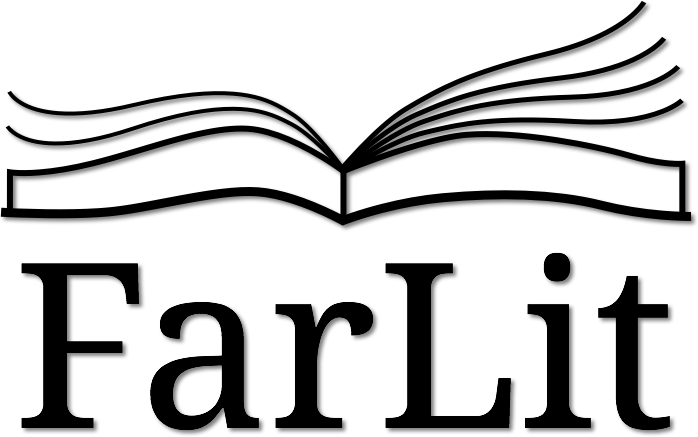Faroese literature - A historical overview
Written Faroese literature only really became an established tradition in the late nineteenth century with romantic lyric poetry. To understand this late development, one must bear in mind that Danish was the written language in the islands for centuries and Faroese only a spoken language. Despite these circumstances, there was a strong living tradition of oral poetry in Faroese, with a rich corpus of folk tales, legends, rhymes and medieval ballads. But the Romantic Movement in the nineteenth century prompted a blossoming of cultural – and political – activity. A Faroese grammar was published by V. U. Hammershaimb in 1854 and with it, Faroese orthography was established. The first novel, Bábelstornið (The Tower of Babel) by Regin í Líð (Rasmus Rasmussen), was published in 1909. At the same time, Faroese written poetry developed both in style and form. Of particular importance was the collection of poems by J.H.O. Djurhuus, Yrkingar (Poems), published in 1914. The development of the Faroese novel can be divided into two main periods. The first novels, from 1909 to about 1970, were realistic and naturalistic, describing social movements and transformations in Faroese society. Significant and still much read writers from this period include Heðin Brú and Martin Joensen. Some influential Faroese writers from this period wrote in Danish, for instance the famous William Heinesen, who was awarded the Nordic Council’s Literature Prize in 1965, and Jørgen-Frantz Jacobsen, whose novel Barbara (1939) became a bestseller in Scandinavia and Germany.
From about 1970 onwards, Faroese novels – like their European counterparts – became more modern and to some extent more introvert and more experimental in terms of narrative techniques. Significant writers since the 1970’s include Jens Pauli Heinesen, Oddvør Johansen, Gunnar Hoydal, Jóanes Nielsen and Carl Jóhan Jensen. An important short story writer and essayist from this period is Hanus Kamban.
The 1960’s also saw a shift in Faroese poetry from mainly traditional romantic poetry to modern poetry. Important and inspirational pioneers were Christian Matras, Regin Dahl and Karsten Hoydal. From the 1930’s and ‘40’s they introduced modern poetry into Faroese literature and created a keener interest among Faroese poets in literary language and the complex relationship between language and the world.
Among important Faroese poets from the late twentieth century to the present are Guðrið Helmsdal Nielsen, Steinbjørn B. Jacobsen, Alexandur Kristiansen, Heðin Klein, Jóanes Nielsen, Rói Patursson – who was awarded the Nordic Council’s Literature Prize in 1986 – and Carl Jóhan Jensen and Tóroddur Poulsen. Carl Jóhan Jensen and Tóroddur Poulsen have in particular established themselves as renewers of Faroese poetry in recent years. The 1990’s saw the development of modern Faroese crime fiction, primarily represented by the work of literary scholar and writer Jógvan Isaksen.
By and large developments in Faroese literature in the twentieth century and more recently are similar to the developments in European literature, although Faroese literature follows its own pace and has is its own peculiarities. Especially when it comes to poetry, the distinct influence from oral traditions creates a unique Faroese expression, but Faroese prose literature also distinguishes itself by its inspiration from older literature, coupled with explorative and experimental approaches that characterize modern and post modern literature everywhere.
